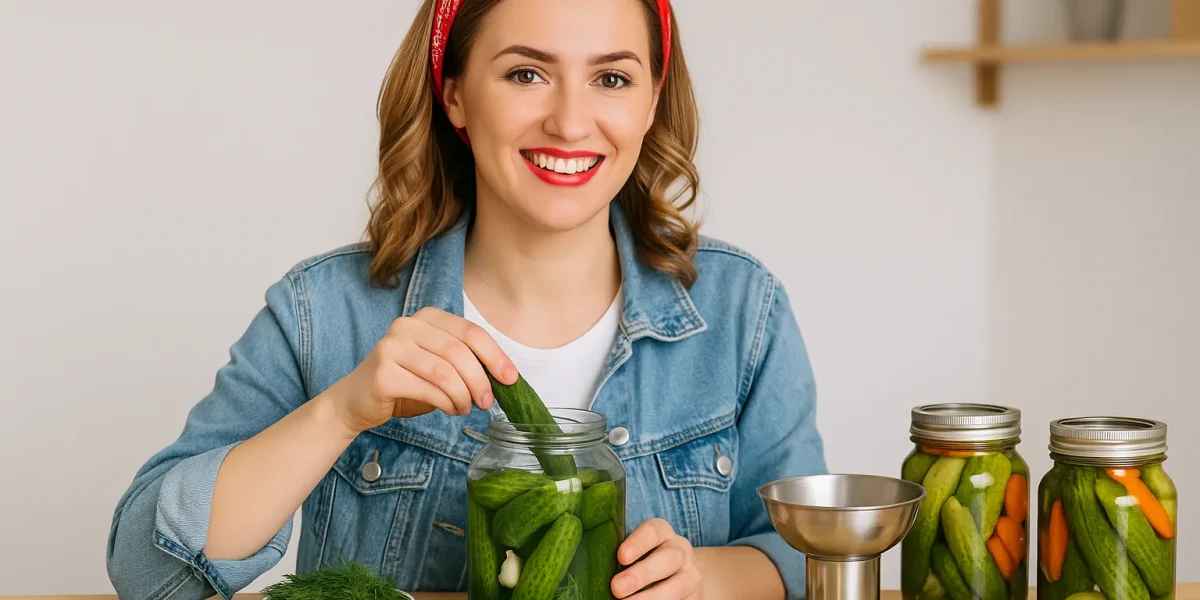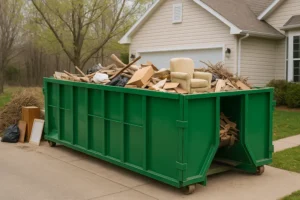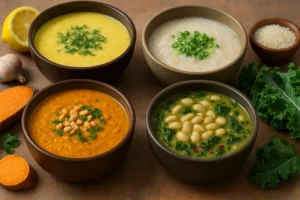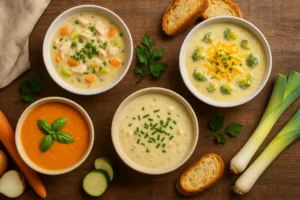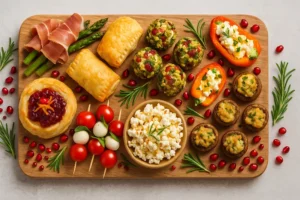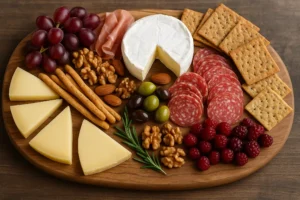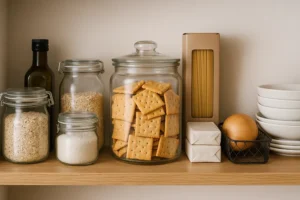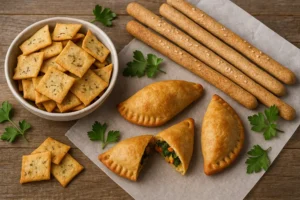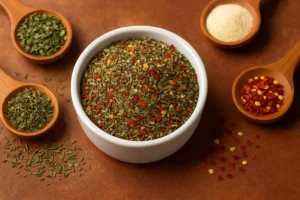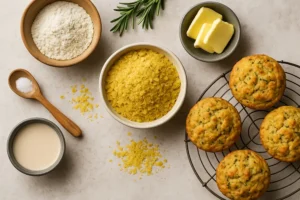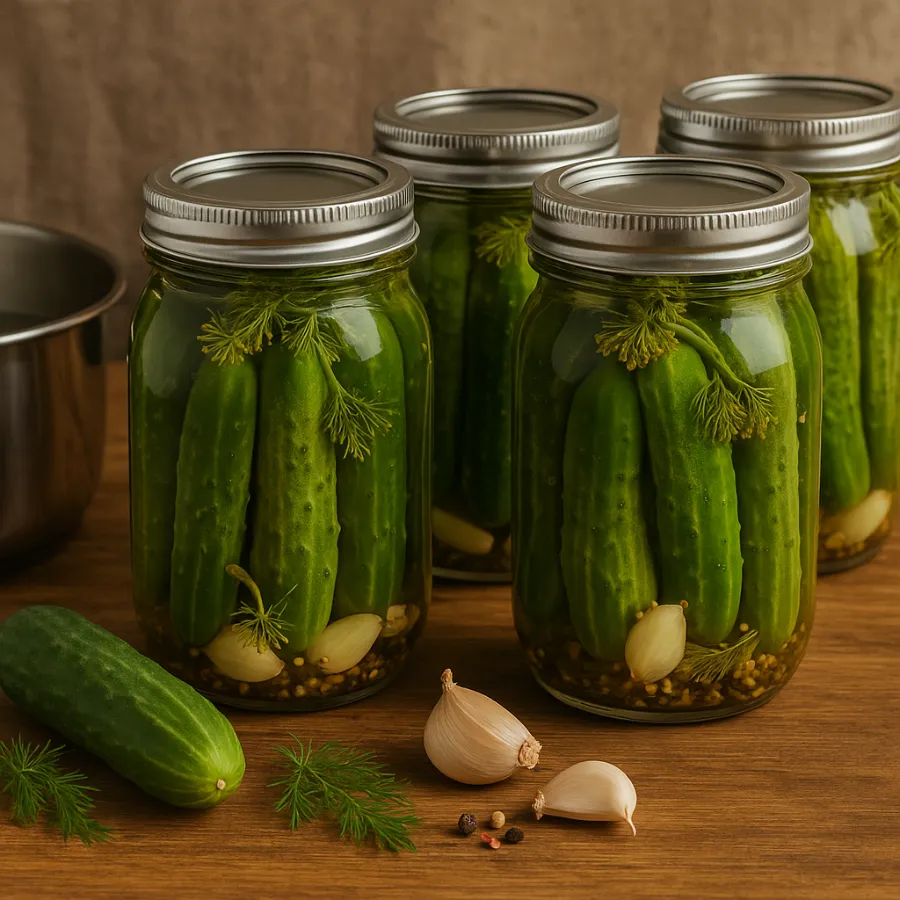
There’s something magical about transforming crunchy cucumbers into jars of flavor that will outlast the summer heat. The first time I learned how to can, it felt like stepping back in time — a small act of self-sufficiency that connected me to generations past. I started with pickles because they felt approachable: just cucumbers, vinegar, and a dream of tangy perfection. Since then, I’ve expanded my pantry with all kinds of preserved goodness.
Join me through my journey as I talk about canning pickles and how I also fell in love with applesauce canning, canning peaches, canning salsa, plum tomatoes, sweet pickles, and dill pickles. Along the way, I learned countless lessons about how to sterilize jars for home canning, balancing acidity, and developing a pantry filled with year-round treasures.
Applesauce Canning
When the first crisp apples fell in my orchard, I couldn’t resist gathering up enough for applesauce. Doing applesauce canning taught me a lot about preserving fruit textures and flavor balance sweetness, acidity, cinnamon, maybe a dash of nutmeg. For anyone wondering how to can homemade applesauce safely, the secret lies in preparation: sterilized jars, clean lids, and careful sealing.
The heat treatment required to safely can applesauce is gentler than many tomato or cucumber recipes, but it still demands attention to time and temperature. Every batch taught me something new about the delicate line between too thick and too runny.
I find homemade applesauce comforting — stirred into oatmeal, spooned over pancakes, or eaten straight from the jar. There’s a thankfulness in winter when I grab one jar and find that taste of late summer sun waiting for me. When you learn how to store canned goods after processing, those jars become more than food; they become little glass memories.
Canning Peaches
Nothing signals summer more than ripe peaches dripping with sweetness. I remember standing at the counter, peach juice running down my arms, peeling each one, slicing, packing, and finally sealing. Canning peaches is a labor of love, but it rewards you with golden jars that smell like July.
If you want a step-by-step guide to canning peaches in syrup, start with ripe but firm fruit. Peel them easily by blanching, then slice and pack tightly. I make mine in light or medium syrup — sometimes adding a hint of vanilla for extra warmth, a method often called canning peaches with vanilla flavor.
You can use water, but sugar syrup preserves not just flavor, but color and texture better. The gentle simmer and processing time ensure safety and long shelf life. Once canned and properly processed, peaches become desserts, toppings, or midwinter treats that make you feel like the orchard is still alive. For beginners, following a headspace guide for successful canning ensures your jars seal perfectly and stay shelf-stable.
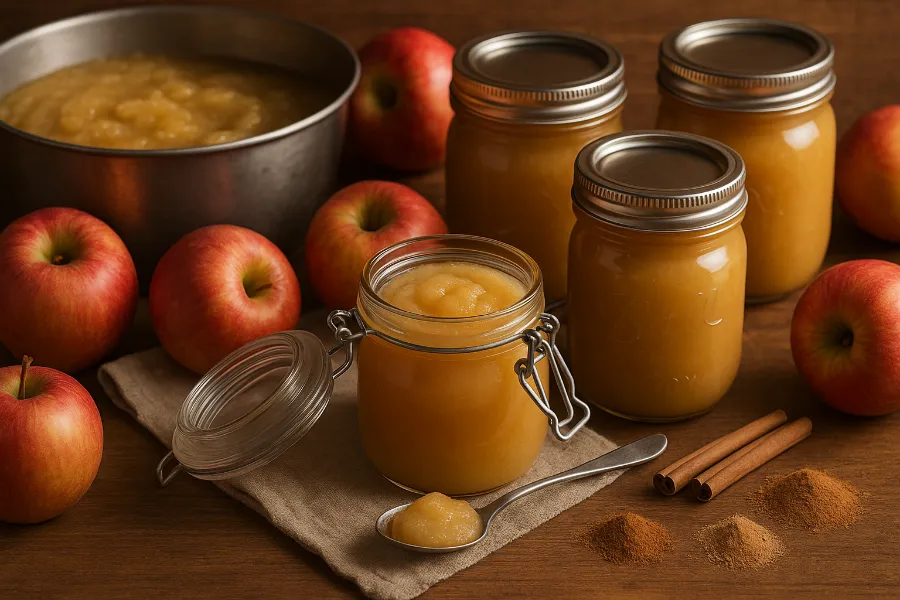
Canning Salsa
By then, after experimenting with fruits like apples and peaches, I turned to tomatoes and peppers. Canning salsa is where I learned that preserving heat, texture, and acidity is a delicate balancing act. Too watery, and the flavor gets dull; too thick, and jars don’t fill properly.
I love making a easy salsa canning recipe with plum tomatoes — fresh tomatoes, onions, garlic, jalapeños, and cilantro — and then preserving it so the harvest doesn’t overwhelm me all at once. Using plum tomatoes (Roma or other paste types) helps a lot here because they’re meatier and less watery, so your salsa ends up with more body.
Tomatoes can be tricky, though. You must respect safe acid levels for canning salsa and pickles, ensuring the mixture has enough vinegar or lemon juice to prevent spoilage. It’s not just about flavor; it’s about safety. Every jar represents a balance between art and science.
When you open one months later and taste that vibrant tomato-cilantro combination, it’s a reminder of late-summer afternoons and the reward of patience.
Plum Tomatoes
Oh, plum tomatoes — I can’t speak highly enough. When I first planted them, I thought I’d just use them for sauce, but they became the backbone of so many of my canned goods. Because they hold up better under heat and don’t release a ton of liquid, plum tomatoes are perfect for sauces, salsa, and even diced tomato recipes.
When canning, I peel them (easy with a quick blanch), de-seed if needed, and then pack them in jars or use in salsa or sauce. The jars look gorgeous with that deep tomato color, and the flavor is rich.
Preserving plum tomatoes for sauces and salsa has become one of my annual rituals. I dedicate rows of my garden to plum varieties just for that purpose. Whether you make a spicy salsa or a classic marinara, these tomatoes will reward you with body, texture, and vibrant flavor.
If you’re new to this, read up on water bath canning tips for beginners before you begin. It’s simpcle once you learn the rhythm sterilize, fill, wipe, seal, process but precision matters.
Sweet Pickles
Back to cucumbers: after my first batch of dill pickles, I got curious about how different everything would taste if it were sweet. Sweet brines — vinegar plus sugar, spices like cinnamon, mustard seed, and allspice — completely transform those crisp cucumbers.
How to make sweet pickles with less sugar became my next challenge. I wanted that balance between tangy and sweet without overwhelming the palate. Reducing sugar slightly (while keeping safe acidity levels) made them lighter and still shelf-stable.
Sweet pickles are great for snacking, chopping into salads, or pairing with grilled meats. When I can sweet pickles, I often let them “plump up” in the brine for a few days before tasting. That extra rest time makes all the difference.

Dill Pickles
If sweet pickles satisfy the sweet tooth, dill pickles satisfy the craving for sharpness. Dill, garlic, maybe some peppercorns — these are the pickles that make a sandwich pop or give your burger the zing it needs.
Canning dill pickles properly is more than just flavor; it’s about texture. I always try to use the best pickling cucumbers for dill pickles, removing the blossom ends (which can cause soft spots), and packing jars tightly. Then I pour a hot brine over, leave a bit of headspace, and water-bath can them for the proper time.
After a few weeks, the flavors mellow and blend together in a way only time can do. If you’re new to pickling, a homemade dill pickle recipe for crunchy texture is an ideal starting point. Crisp cucumbers, strong vinegar, and lots of fresh dill — it’s the flavor of summer in a jar.
The difference between sweet pickles and dill pickles comes down to sugar and herbs. Sweet pickles use more sugar and warm spices; dill pickles rely on tartness, garlic, and fresh herbs for their signature bite. Both are amazing in their own way, and I keep jars of each for different moods and meals.
Tips I Picked Up Along the Way
Canning may look simple, but it’s an art of details. These small lessons turned my pantry into something I’m proud of:
- Always start with fresh, high-quality produce. Unless your cucumbers are crisp, your peaches juicy, or your tomatoes firm, you’ll struggle. Freshness translates directly into texture and flavor.
- Sterilization is non-negotiable. Clean jars, lids, and tools matter. Learning how to sterilize jars for home canning and maintaining cleanliness saves so much trouble later.
- Headspace matters. A good headspace guide for successful canning helps prevent broken seals or jars that don’t vacuum properly. Leave the right space for steam expansion.
- Follow proven recipes, especially for acid or sugar ratios. Safe acid levels for canning salsa and pickles are essential to prevent spoilage or unsafe conditions.
- Label everything. Date, type (“sweet pickles,” “dill pickles,” “salsa – hot”), maybe even the heat level. Your future self will thank you when you’re choosing between mild and fiery salsa in January.
- Let jars sit at least a few weeks before eating. Flavors deepen over time; vinegar sharpness softens, herbs infuse, and everything melds beautifully.
If you’re building a pantry of your own, explore homestead canning ideas for year-round pantry planning — rotate your preserves, store jars in a cool, dark place, and track what you use most. The satisfaction of seeing those shelves filled is like having your own small grocery store born of your hard work.
Why Canning Pickles Still Feels Special to Me
Even though I have jars full of applesauce, peaches, tomato sauce, and salsa, there’s something uniquely gratifying about canning pickles. It’s fast enough that in a few hours, I can finish a batch. It uses fewer ingredients than some fruit preserves, yet the result is just as satisfying.
Every time I crack open a jar, there’s that crisp crunch and tartness that reminds me of summer gardens. Pickles are endlessly adaptable — sweet, dill, spicy, refrigerator-style, or shelf-stable. Once you learn the basics, you can experiment with herbs, chili flakes, or mustard seeds.
If you can learn to make one homemade dill pickle recipe for crunchy texture, you’ll have the confidence to branch out into relish, salsa, or chutney. The world of preservation opens up from there.
Canning has given me something more than just food — it’s given me rhythm and gratitude. It connects me to my land, my kitchen, and the people I share those jars with.
Final Jar: My Favorite Pickle Recipe to Try
Here’s one of my go-to dill pickle recipes, slightly adapted over the years and perfect for testing your water bath canning tips for beginners:
- Firm pickling cucumbers (the best pickling cucumbers for dill pickles you can find)
- Fresh dill heads
- Garlic cloves, lightly crushed
- 5% vinegar (white or cider), enough to cover
- Pickling salt
- Optional: peppercorns or chili flakes for heat
Pack hot jars with cucumbers, dill, and garlic. Pour hot brine over, leaving ½-inch headspace, and process in a boiling water canner for the time suited to your jar size and elevation. Always double-check your headspace guide for successful canning before sealing.
Once cooled, check seals and store in a cool, dark pantry. If you’ve mastered how to store canned goods after processing, your pickles can last a year or more — though mine rarely make it that long. Let them sit at least two weeks, preferably a month, for flavors to bloom.
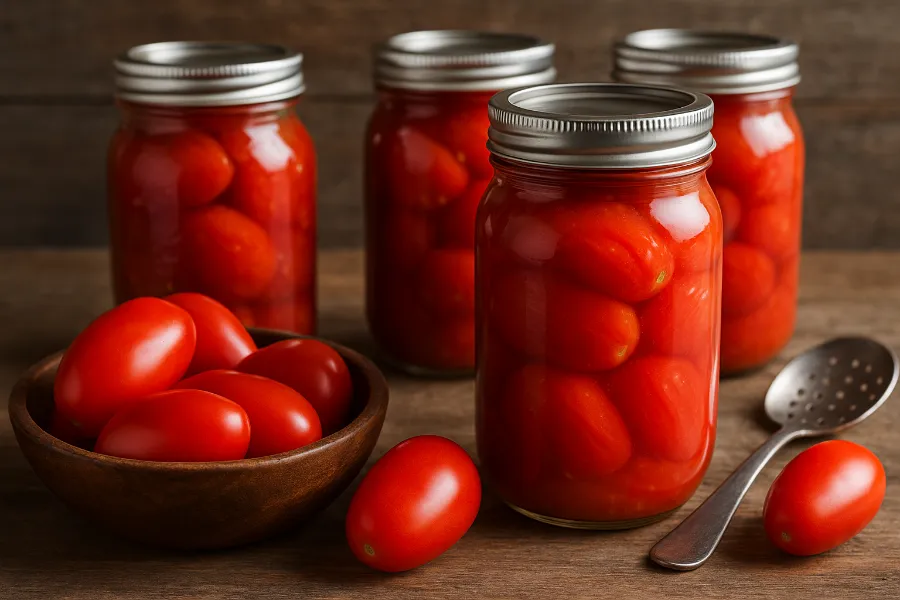
Closing Thoughts
Canning pickles taught me patience, precision, and respect for ingredients. It showed me that even the simplest things — vinegar, salt, and fresh cucumbers — can become something extraordinary with care.
From how to can homemade applesauce safely to crafting the perfect homemade dill pickle recipe for crunchy texture, every jar represents a little victory. My pantry shelves gleam with color and pride, each one whispering a story of summer’s abundance and the joy of preservation.
So if you’re thinking about starting, dive in. Try a batch of sweet pickles, maybe a easy salsa canning recipe with plum tomatoes, or explore homestead canning ideas for year-round pantry. One jar at a time, you’ll build something beautiful, delicious, and lasting — your own edible legacy.
FAQs
Dill pickles are often the easiest for beginners since the process is straightforward and forgiving. They also have a bold flavor that many people enjoy.
It’s best to wait at least 2–4 weeks after canning pickles. This allows the flavors to fully develop and the texture to improve.
No, canning lids are designed for one-time use to ensure a proper seal. Reusing them may cause unsafe storage or spoilage.
Sweet pickles are made with sugar and spices like cinnamon or allspice, giving them a sweeter taste. Dill pickles use dill and garlic for a sharp, tangy flavor.
Plum tomatoes have less water and more flesh, making them ideal for thicker salsas and sauces. They reduce cooking time and create a better texture.
No, applesauce and peaches are high-acid foods and can be safely canned using a boiling water bath method. A pressure canner is needed for low-acid foods like beans or corn.
Properly canned goods typically last 12–18 months when stored in a cool, dark place. Always check the seal and appearance before consuming.

